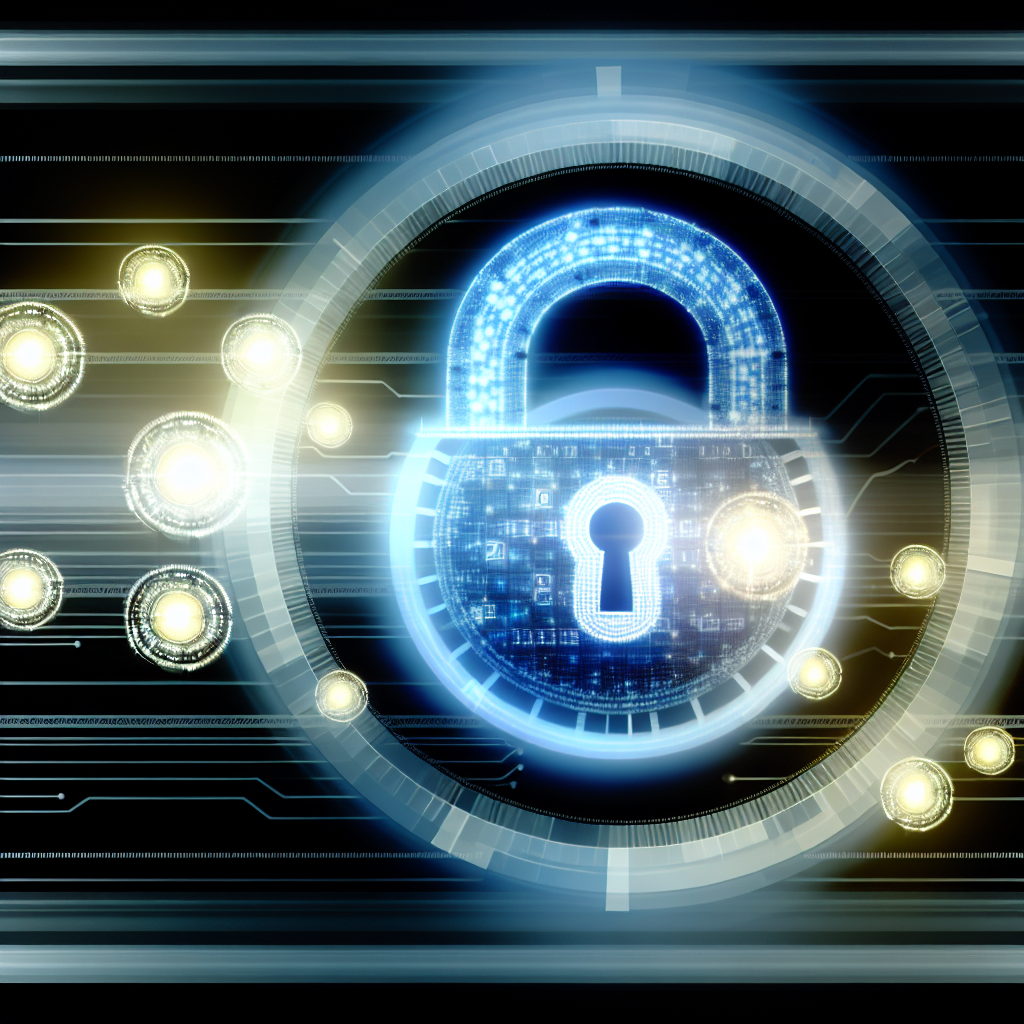In an increasingly digital world where cybersecurity threats are ever-present, Multi-factor Authentication (MFA) has become a crucial tool in safeguarding sensitive information. This article aims to provide a comprehensive understanding of MFA, breaking down its technical components and offering a simplified, non-technical overview for those unfamiliar with the concept. By delving into the intricacies of MFA, readers will gain a deeper appreciation for the layers of security it adds to their online accounts and personal data.
1. "Understanding Multi-factor Authentication (MFA): A Technical Breakdown"
Multi-factor Authentication (MFA) is a security measure that requires multiple forms of verification before granting access to a system or account. This additional layer of security helps to verify the identity of the user and protect against unauthorized access.
In a technical breakdown of MFA, there are typically three factors that can be used for authentication: something the user knows (such as a password or PIN), something the user has (such as a smart card or mobile device), and something the user is (such as a fingerprint or facial recognition). By requiring two or more of these factors to be provided before granting access, MFA significantly increases the security of the authentication process.
One common example of MFA is two-factor authentication (2FA), which typically combines something the user knows (like a password) with something the user has (like a one-time code sent to their mobile phone). This adds an extra layer of security beyond just a password, making it more difficult for unauthorized users to gain access.
Overall, MFA is an essential security measure for protecting sensitive information and preventing unauthorized access to systems and accounts. By requiring multiple factors for authentication, MFA helps to ensure that only authorized users are able to access the resources they need.
2. "Demystifying Multi-factor Authentication (MFA): A Non-Technical Overview"
Multi-factor authentication (MFA) is a security measure that requires users to provide two or more different types of credentials in order to gain access to a system or account. This adds an extra layer of security beyond just a password, making it more difficult for unauthorized users to gain access.
In simpler terms, MFA is like having multiple locks on a door – even if someone manages to pick one lock (i.e. guess your password), they still need to get past the other locks (i.e. provide a fingerprint or answer a security question) in order to gain entry.
By using MFA, organizations can better protect their sensitive information and data from cyber threats such as hacking and phishing attacks. It provides an additional barrier that makes it harder for hackers to access accounts, even if they have somehow obtained a user's password.
Overall, MFA is an important tool in the fight against cybercrime and helps to ensure that only authorized users are able to access sensitive information and systems.

